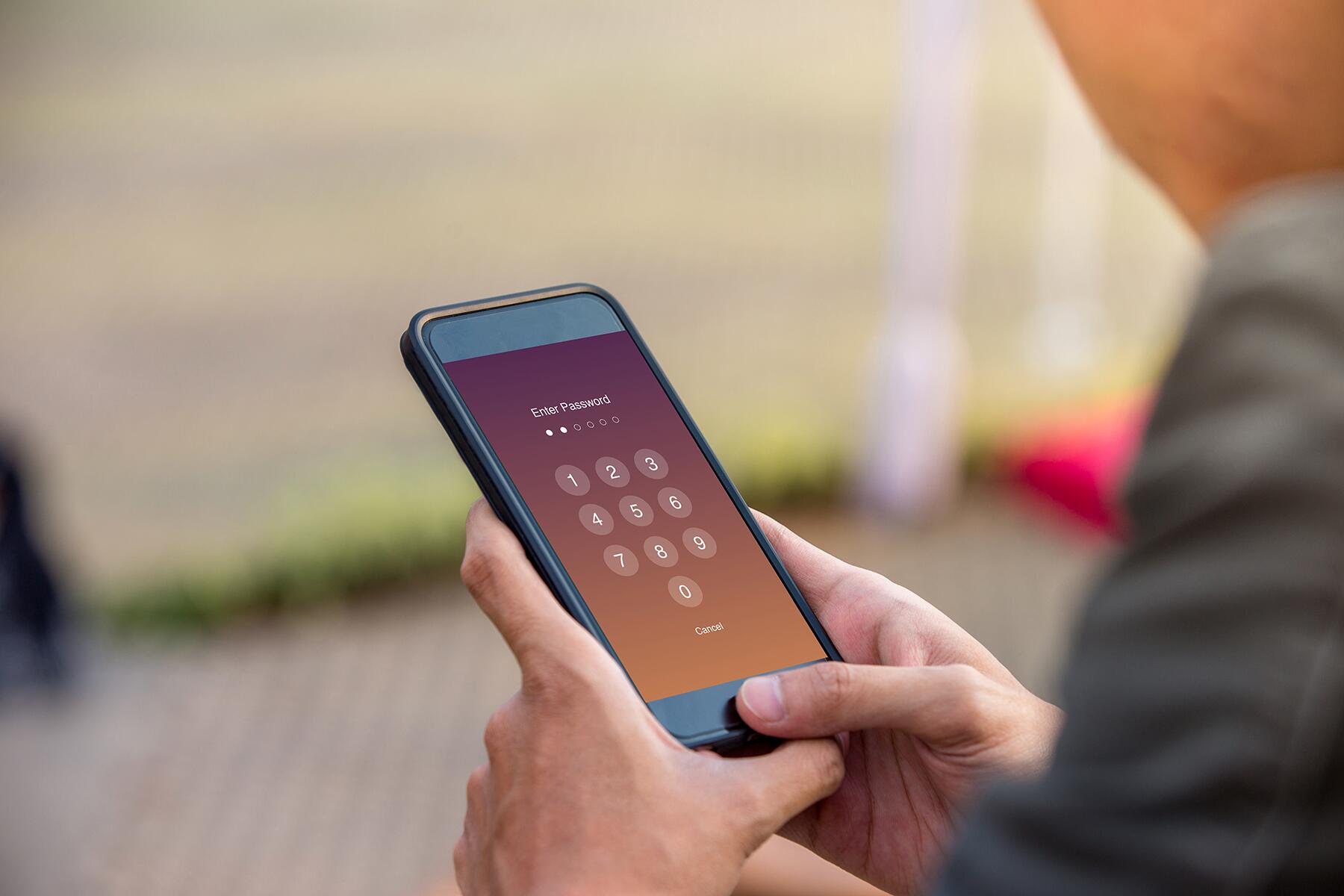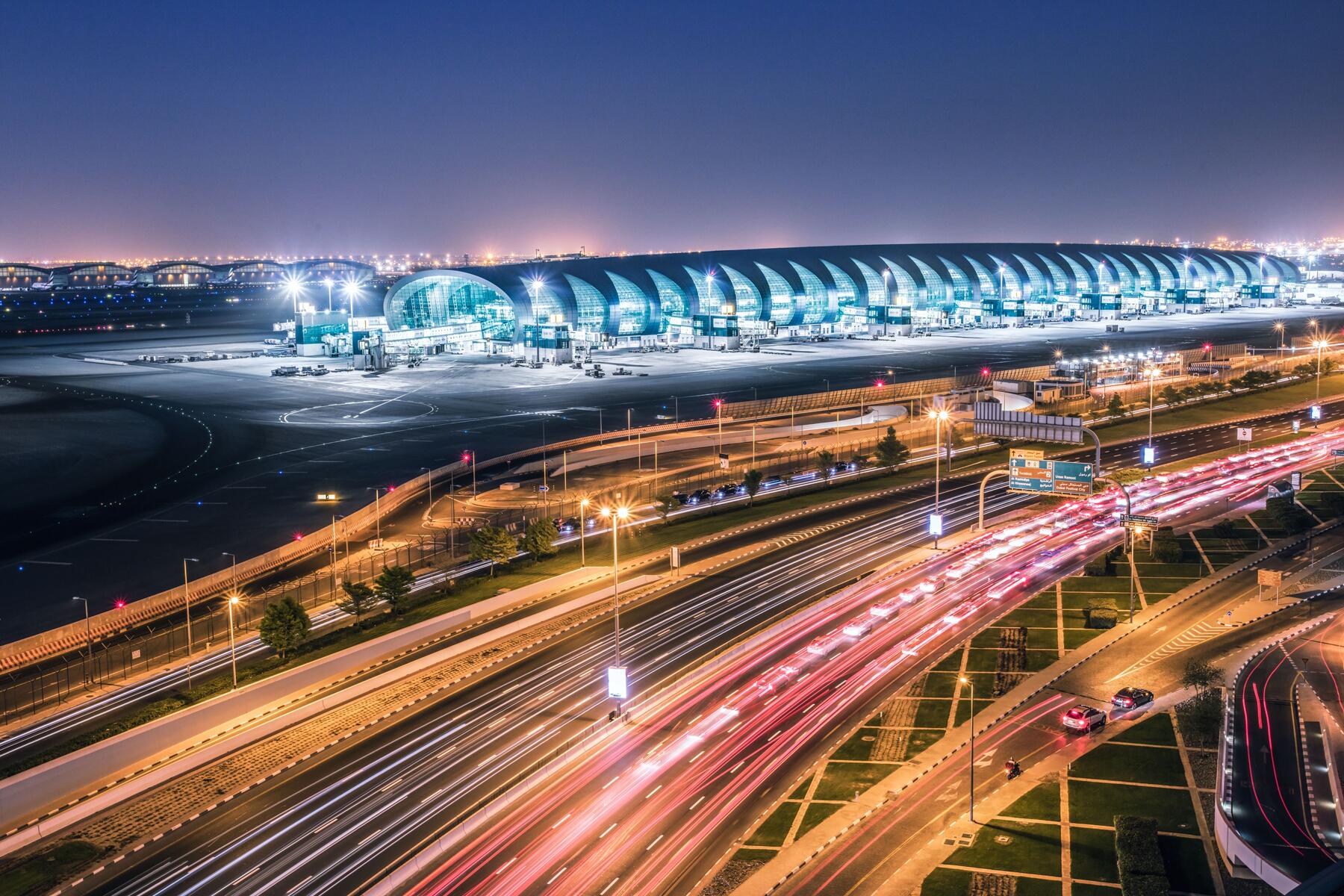Plastic surgery in the Dominican Republic might be cheaper than in the States and Canada, but it will still cost you.
As the resident nomad in my family, I’m often viewed as the gateway to everyone’s international escapades. When I was asked to accompany a relative on a trip to the Caribbean, which they would partially sponsor, I was excited…until I learned that it was for a “mommy makeover” in the Dominican Republic.
The Dominican Republic is one of the most highly sought out travel destinations for plastic surgery. From liposuctions to Brazilian Butt Lifts (BBLs), travelers from all over the world come to this Caribbean Island for a discount on the coveted coke-bottle body shape seen on celebrities and splashed across social media. In Canada and the United States, these surgeries can cost a fortune, running more than $10,000, but in the Dominican Republic, you can have multiple surgeries for a fraction of the cost.
Of course, having plastic surgery done cheaply has its risks. While there is a growing awareness of the severe costs of these procedures—ranging from permanent scarring to disfigurement and even death—this has not decreased patient demand. Thankfully, my relative’s surgery was successful, but not without incurring some hidden expenses during our trip, revealing that these surgeries were not as cheap as many assume.
Recommended Fodor’s Video
Prepare to Travel With a Lot of Cash…Like, a Lot
Dominican plastic surgeons will often ask for cash upon payment. As we made our way to Santo Domingo, we didn’t look all too different from Margo Robbie and Leonardo Di Caprio in the Wolf of Wall Street, carrying upwards of $5,000 U.S.D. each in small denominations as we entered the airport. The surgeries would cost $7,000 U.S.D., but there were other costs to consider, such as accommodation and food.
Recovery Houses Incur an Extra Charge
Most plastic surgeons will expect you to stay at their recommended recovery houses. A recovery house is a place for patients to stay before and after surgery. The amount you pay determines how long it will take you to recover. Recovery houses run anywhere from $70 U.S.D. to $100 U.S.D. a day. I know this because I spent three days frantically searching for an affordable recovery home, comparing prices and talking to customer service reps about what was and wasn’t included. Thankfully, most recovery homes cover food and drink, and you’ll have qualified nurses helping you around the clock.
One annoying hidden cost was that the recovery house did not allow me and my relative to share a room without incurring double the cost. Regardless, I would have had to fork up an extra $100 U.S.D. daily, the rationale being that I would be taking up space from other clients. I ended up renting an apartment in Piantini, a ritzy and relatively safe neighborhood located not too far from my relatives’ recovery house. This cost me about $60 U.S.D. a day, which wasn’t bad considering it was a condo with a rooftop pool.
Your Recovery Could Last 15 Days Minimum
Plastic surgeons in the Dominican Republic often recommend that patients stay at least 15 days post-surgery before returning home. Some patients need more, and some need less. So be sure to clear your schedule completely before committing to this process.
Factor the Cost of Daily Groceries and Eating
You’re not going to get a discount on your cost of living like you would in Asia. The Caribbean is generally expensive! Expect to pay similar prices at the grocery store and shopping mall as you would back in the States.
Emotions Will Run High
The day I stayed overnight at the hospital was one of my life’s most daunting and nerve-wracking experiences. My relatives’ surgery took longer than expected. When my relative finally arrived, I saw that she looked much smaller than I had anticipated. The surgeon had taken off a considerable amount of fat—one of the many reasons people prefer to come to the DR. She looked frail and vulnerable in her heavily sedated state. I did not sleep due to anxiety, nervous she would die on the table or during the night
Pain Management is Available, But it Will Cost You
My relative has been an experienced nurse for more than a decade, and because of that, she was in a better position to manage her pain than most people who receive surgery. She knew exactly when her sedatives would wear off and what she would need. She immediately got to work, asking for a pain pump—a ball of liquid medication attached to the patient that decreases pain at the site.
Before receiving the pain pump, there was a lot of discussion about cost. My relative agreed to fork over $300 U.S.D. in cash for the pain pump the morning after. The pump would last for three days. For a smoother experience, ask your surgeon what options are available for pain management, pre-pay, and have them prepared for the day of the surgery, so they are available when you need them.
Language Barriers Can Be a Challenge Pre and Post-Op
Given that my relative was a nurse, she was constantly calling out bad practices and getting annoyed when things were not done the right way. I struggled very hard to communicate this on her behalf. Deeper into the night, we got lucky with an English-speaking nurse who was able to advocate for us.
Luckily for my relative, the nurses at the recovery house spoke very good English and were incredibly responsive to her needs post-surgery. Although the prices for the room may have seemed like a scam, the care she received was amazing. She liked the food, and the nurses always got her whatever she needed.
Additional Aftercare Costs
Massages
Patients are recommended to buy a massage package at $20 U.S.D. per session; you may have to buy at least 12 sessions. Massages are important because they help with the bumps, lumps, and swelling that occur at the site after surgery. It is also recommended that patients continue them regularly when you get back to their country.
Faja
Additionally, patients may have to buy a faja, a tight body suit that helps maintain the results of the surgery. The faja cost my relative $600 U.S.D. ($200 U.S.D. per faja) at Alexandrias, a popular faja store in Santo Domingo.
Anti-itch Spray and Other Medications
You’ll have to purchase anti-itch spray and a plethora of pain medications to cope with the pain and other discomforts at the site for a few months. Don’t forget to check with your home doctor regarding managing these medications.
You May Need a Wheelchair at the Airport
If you didn’t wait the recommended 21 days for recovery, chances are you’ll find it hard to walk and may need to request a wheelchair at the airport. Luckily for us, we were able to skip many of the airport lines, a silver lining to everything we had both been through over the past few weeks.
Something Else to Consider: If You’re Black, You Might Experience Racism
My relative and I are both dark-skinned Black women, and although the Dominican Republic is considered a “Black country,” it is still plagued with racism and colorism, some of which stem from anti-Haitian sentiments that have plagued the nation for centuries
Although we did not experience any racism or harassment at the hospital or recovery home, there was something to be said about the daily harassment and racism I received in Santo Domingo just for appearing Haitian. My relative, shielded from it all since she mostly stayed at the recovery house, was shocked at some of the stories I would return with daily.
People read me as Haitian whenever I went outside, which carried a burden that I was unprepared for. Negra was also my name now. At best, I would have men say, “Ça va?!” on the street to get my attention, and at worst, I was followed. I learned that it was much safer to take Ubers to avoid this.




